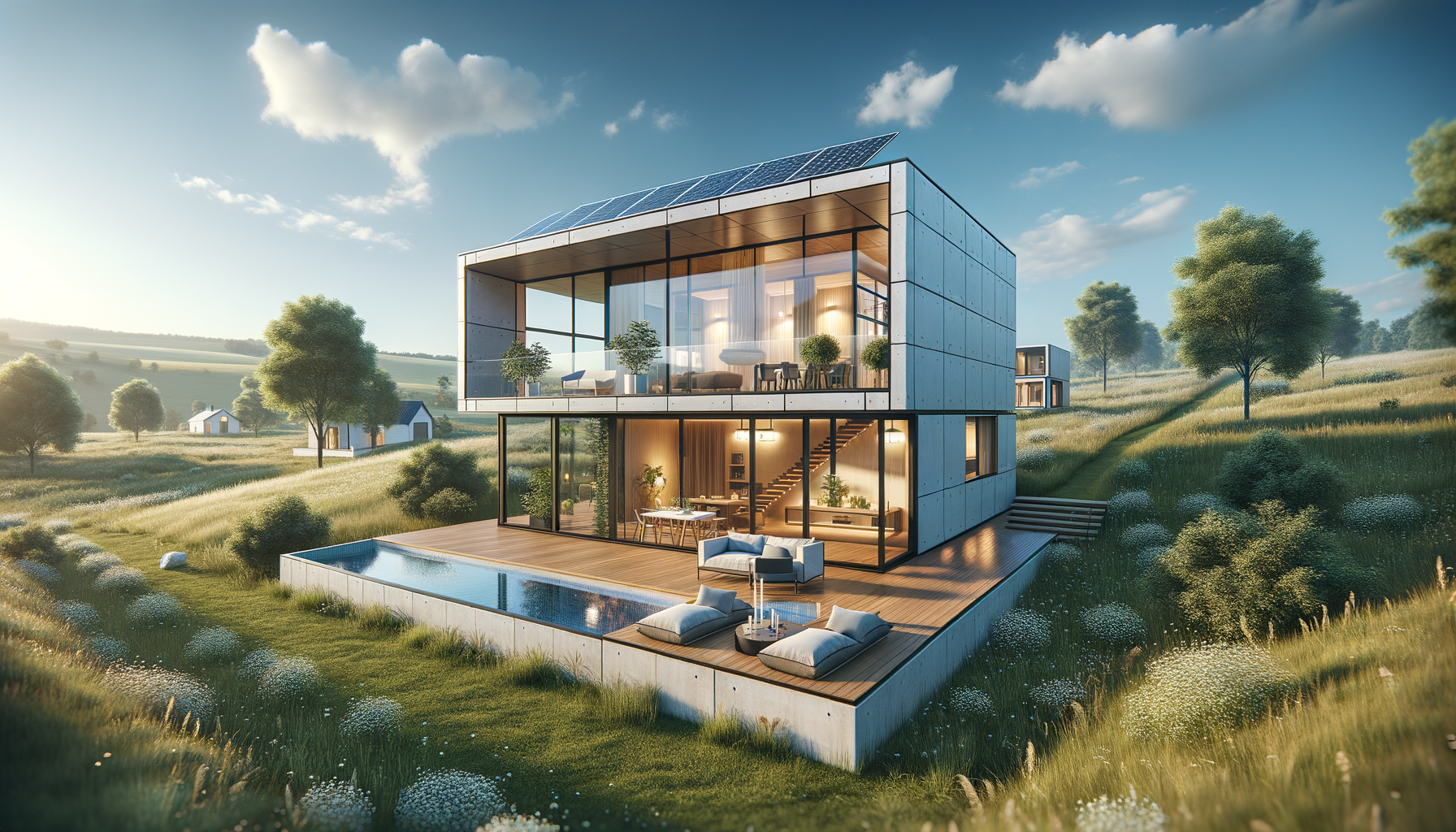Introduction to Prefabricated Homes
In the ever-evolving landscape of home construction, prefabricated homes stand out as a remarkable innovation. As traditional construction methods face challenges such as high costs and extended timelines, prefabricated homes offer a fresh perspective. These homes are constructed off-site and then transported to their final location, providing a streamlined and efficient building process. Prefabricated homes are gaining traction due to their ability to combine modern design with functionality, appealing to a wide range of homeowners.
The Advantages of Prefabricated Homes
One of the most compelling aspects of prefabricated homes is their rapid construction timeline. Traditional homes can take several months or even years to complete, whereas prefabricated homes can be ready for occupancy in a fraction of that time. This efficiency is achieved through the use of advanced manufacturing techniques and standardized processes.
Moreover, these homes are known for their energy-efficient designs. Prefabricated homes often incorporate sustainable materials and advanced insulation technologies, reducing energy consumption and lowering utility bills. This focus on sustainability not only benefits homeowners financially but also contributes positively to the environment.
Another advantage is the versatility in design and customization. Homeowners can choose from a variety of layouts and finishes, allowing them to create a space that reflects their personal style and needs. The ability to customize every aspect of the home ensures that each prefabricated home is unique.
Challenges in Prefabricated Home Construction
Despite their numerous benefits, prefabricated homes are not without challenges. One of the primary obstacles is the perception of quality. Some potential homeowners may harbor concerns about the durability and longevity of prefabricated structures compared to traditional homes. However, advancements in materials and construction techniques have significantly improved the quality and resilience of these homes.
Another challenge is the logistical aspect of transporting and assembling the home on-site. This process requires careful planning and coordination to ensure that all components fit together seamlessly. Additionally, site preparation and foundation work must be completed before the prefabricated sections arrive, which can add to the overall timeline and cost.
Finally, there may be regulatory hurdles to overcome. Zoning laws and building codes can vary significantly between regions, and ensuring compliance can be a complex process. However, many manufacturers offer assistance in navigating these regulations, making the process more manageable for homeowners.
Comparing Prefabricated and Traditional Homes
When weighing the options between prefabricated and traditional homes, several factors come into play. Cost is a significant consideration, as prefabricated homes can often be more affordable than their traditional counterparts. The efficiency of the manufacturing process reduces labor costs, and the use of standardized materials can further drive down expenses.
In terms of design, prefabricated homes offer a modern aesthetic with clean lines and open spaces. While traditional homes may offer more architectural diversity, prefabricated homes make up for it with their sleek and contemporary appeal. Additionally, the customization options available with prefabricated homes allow homeowners to tailor their space to their specific preferences.
Another point of comparison is the environmental impact. Prefabricated homes are typically more eco-friendly due to their energy-efficient designs and sustainable materials. In contrast, traditional homes may require more resources and energy both during construction and throughout their lifespan.
The Future of Prefabricated Homes
The future of prefabricated homes looks promising as technology continues to advance. Innovations in materials, design, and construction techniques are paving the way for even more efficient and sustainable homes. As awareness of environmental issues grows, the demand for eco-friendly housing solutions is likely to increase, positioning prefabricated homes as a viable option for future homeowners.
Moreover, the flexibility and adaptability of prefabricated homes make them suitable for a variety of settings, from urban areas to remote locations. This versatility, combined with the ability to quickly assemble and disassemble, offers a practical solution for temporary housing needs as well.
As prefabricated homes become more mainstream, they have the potential to reshape the housing market, offering an alternative that meets the needs of a diverse range of buyers. Whether for first-time homeowners, downsizers, or those seeking a second home, prefabricated homes provide a compelling option that aligns with modern living standards.



Leave a Reply